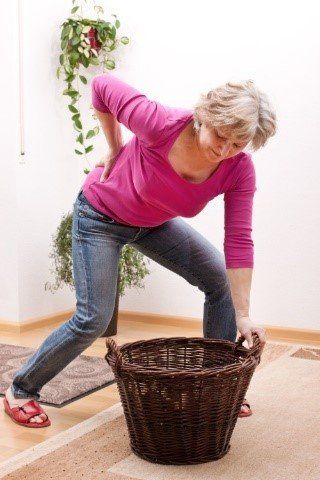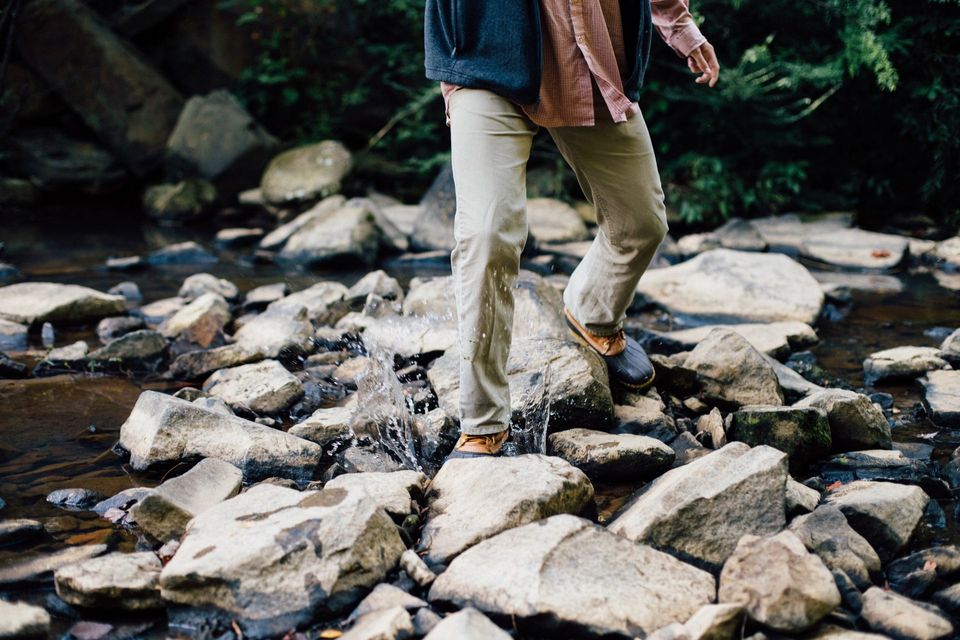Pain behavior
Catastrophe and Avoid
Examples of pain behavior: You pull a 'grimace' on your face when you get up from a chair. You lie down on the bed because you 'die' of the pain. You call 'au' when lifting the light messages. You are absent from work. because of 'that ridge' You complain that you can do 'nothing' anymore because of your back pain. When an outsider can infer from the behavior of someone that there is pain. One speaks of pain behavior or catastrophe.

With catastrophe the pain is under a 'magnifying glass'.
Pain behavior is maintained when the consequences are worthwhile! Pain behavior can initially be the result of acute pain feelings, but in the long term they are often maintained by the social consequences: a painful face causes someone to help you, get you attention or do not have to do something…

The therapy will focus, among other things, on reducing negative pain behavior and reinforcing healthy behavior.
Avoid: Stooping is bad for your back!
"If, for example, the patient believes that pain always means more damage, they will not practice."

A warning beforehand when something is likely to hurt will ensure that the impact of the pain is less'. Conversely, when people think that something is going to hurt terribly. The impact of the pain will be greater. In other words, more and more anxiety and pain perception! So the thoughts, 'the psyche' certainly influences the pain experience! • Fear of pain -> leads to safety behavior (for example, avoiding bending over) • Because people are going to avoid bending over -> the load-bearing capacity of the spine (which is thereby loaded) decreases. • Rest with pain relief maintains the avoidance behavior. • This leads to the ability to stoop less well -> this subsequently encourages the avoidance of multiple activities • A vicious circle is created • Resulting in an increase in limitations Attention as a reward for passivity. Furthermore, attention to pain or being spared by the environment is a form of reward and therefore a motive for avoidance behavior.

'Small steps'
When people have a clear picture of which activities evoke fear of pain and to what extent. Can one then start dosing (small and safe) to build up these activities (graded activity or graded exposure) and again give confidence that these activities do not lead directly to damage. Although they may be quite sensitive or painful in the initial phase! This is because in this case the lower back has become more sensitive due to the duration of the existing back complaints (sensitization with chronic back complaints).







